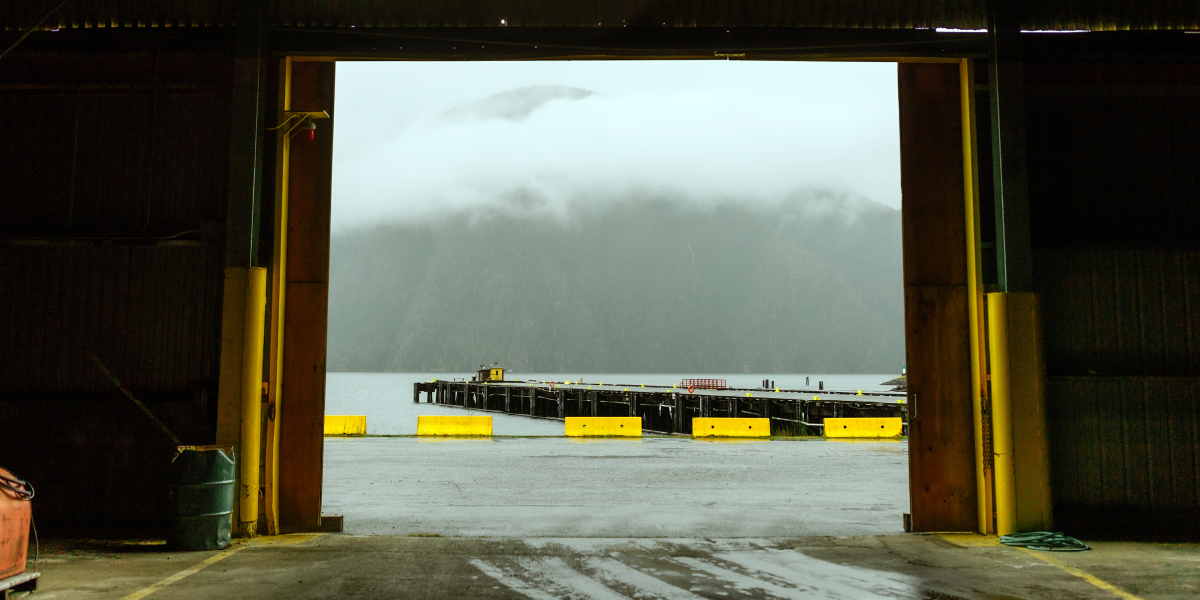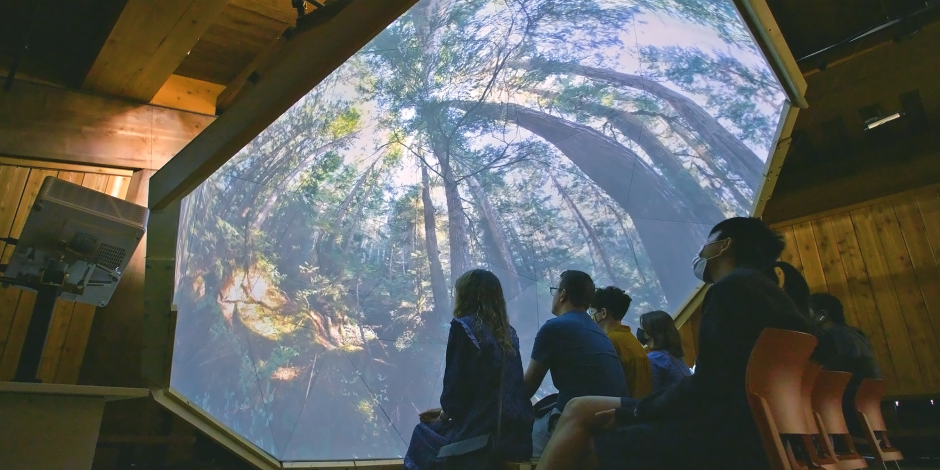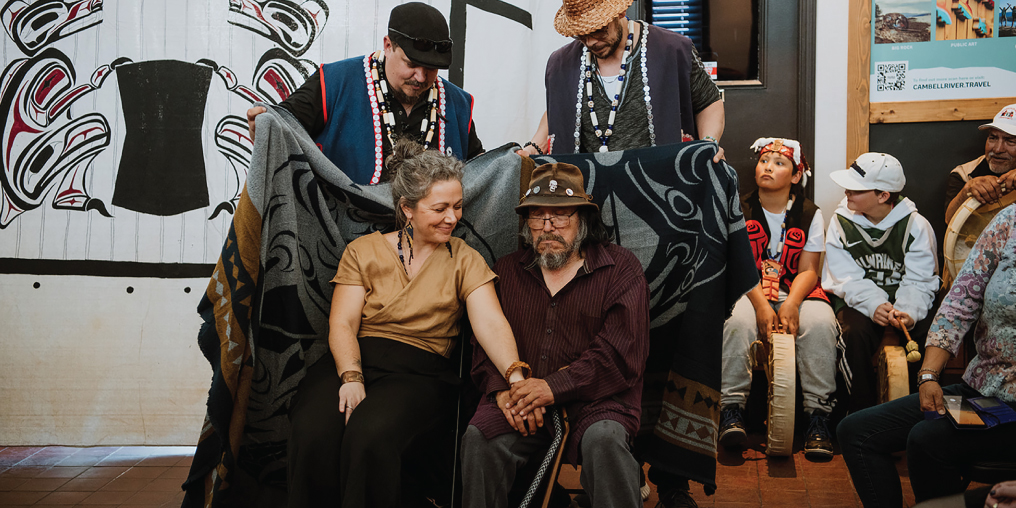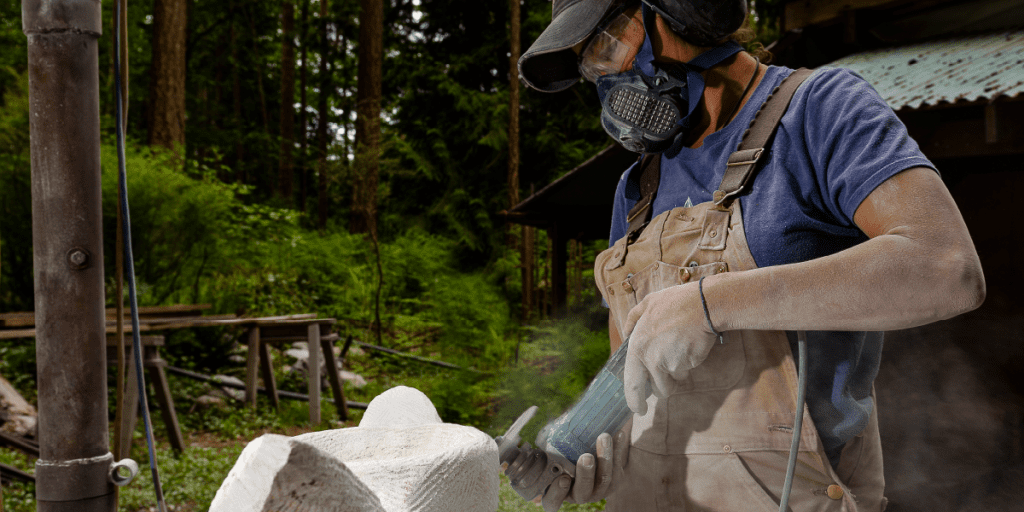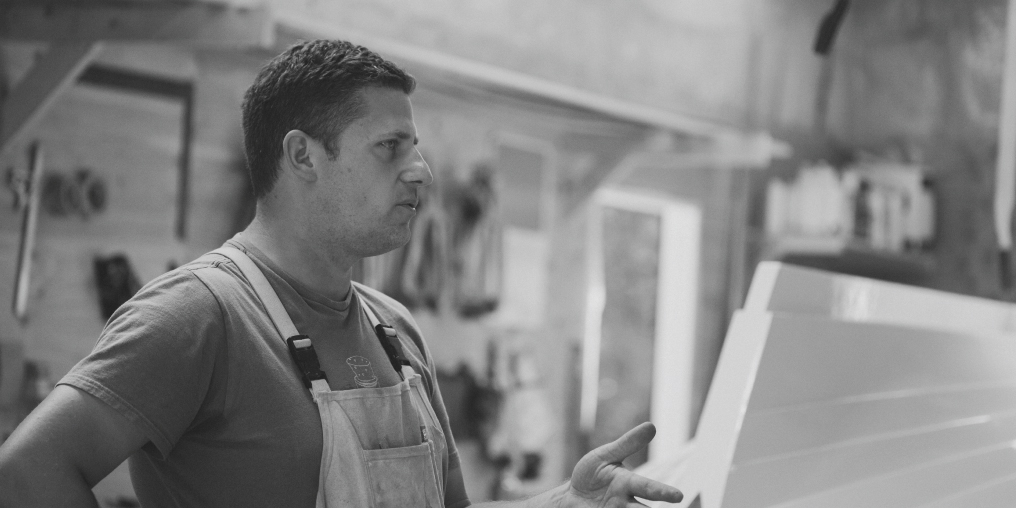Meeting the growing demand for sustainable food production is becoming increasingly important for our global population. An age-old yet ever evolving method of fish farming, known as land-based or inland aquaculture, is revolutionizing the aquaculture industry. Locally, Gold River Aquafarms has big plans to contribute to the supply with the development of an exciting new land-based fish farm in the community of Gold River.
British Columbia-based founders Robert Walker, Richard Buchanan, and John Holder came together with a collective 120 years of aquaculture experience in engineering, business development, and design. “Innovation is in the DNA of this company and its founders,” says Rob Walker. “We all got our start in net cage farming back in the 1980s and 1990s on the West Coast, where we learned a lot about the successes and failures in natural environments.”
Their anticipated steelhead aquaculture facility, to be built at the former paper mill site in Mowachaht/Muchalaht territory in Gold River, will implement several innovative methods to become Canada’s largest land-based steelhead growing facility. Land-based operations have the advantage of fitting into smaller land areas than traditional open water operations. Gold River’s location not only maximizes space but also existing resources—they’ll repurpose legacy infrastructure left behind by the pulp and paper mill. They’ll also contribute upwards of 80 local jobs once they’re fully up and running, with important roles to fill in both their aquaculture and processing facilities.
Like any tech-forward industry, they’ve encountered their share of trial and error over the years, in terms of the rigorous testing and fine-tuning needed to develop the most sustainable ways of rearing healthy fish. As Walker says, “this industry can seem slow to move in adoption of technology advancements, but it is difficult due to the length of time it takes to grow a fish. Patience is required because you need two to three years from egg to harvest to see if your plans come to fruition. During those years there is constant testing.” This team’s career-long dedication to their craft has resulted in one of the most environmentally friendly ways to grow fish: their RASWayTM technology, which stands for Recirculating Aquaculture System Mixed-Cell Raceway. This technology was designed and patented by founder John Holder, who has designed over 120 land-based facilities around the world.
What makes this particular technology so effective? The use of circular water flow in combination with raceway style tanks. A raceway is a channel with a continuous flow of water used for high-density fish production. Raceways allow for a high volume of fish, and a greater ability to observe the fish. This makes feeding more efficient, and disease problems are easier to detect. Raceway lanes allow for a more efficient removal of waste solids through a sweeping mechanism. This unique combination of circular and raceway style systems result in incredibly low energy use and optimal water quality for the fish to thrive.
This method also means they can precisely control the growing environment, maintain water quality, remove the potential for disease outbreaks, and eliminate the need for antibiotics. It recycles and reuses water, reducing the demand on local water resources. Advanced filtration technologies remove waste and excess nutrients, eliminating the risk of pollution.
The waste solids that are collected can then be harnessed and recycled over time. “Waste handling is an issue that sea-based facilities do not contend with, and this is an opportunity for us,” says Walker. In the case of a commercial facility like this, the vast volume of organic solid waste has huge potential to be composted, turned into fertilizer, and even used on site to generate energy for some of their operations. As well, future rearing plans for other sea organisms could use the solids as feed stock.
Their positioning in the heart of the Pacific Northwest means they are that much closer to the commercial markets of Victoria and Vancouver, reducing their carbon footprint from farm to fork. Keep an eye out at your favourite restaurants in the coming years—you may see a Gold River special!
All in all, the future of innovation looks bright for Gold River Aquafarms. “In any highly controlled growing environment, there are many pieces of technology at play; and these individual technologies have all been advancing astronomically in the last 10 years. You’ll continue to see that more and more people are becoming interested in sustainable animal rearing, and the tech is only getting better,” says Walker.

